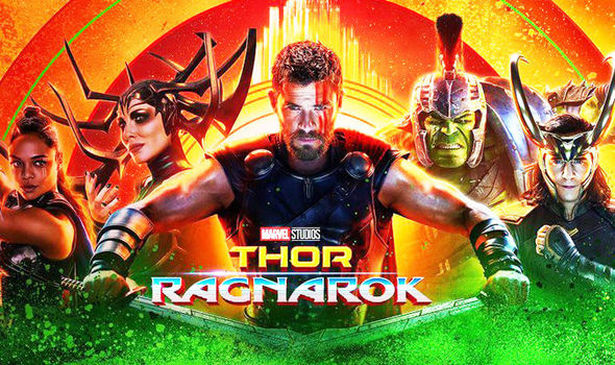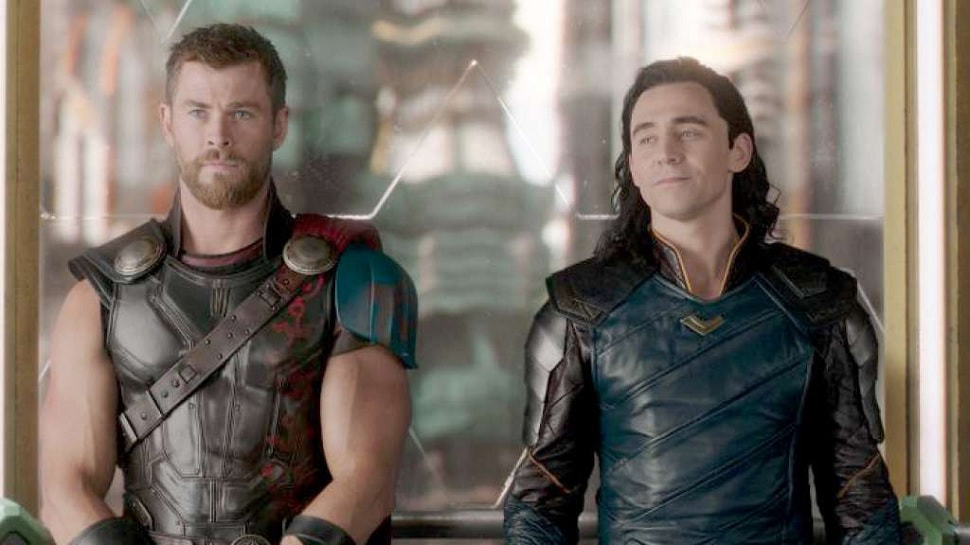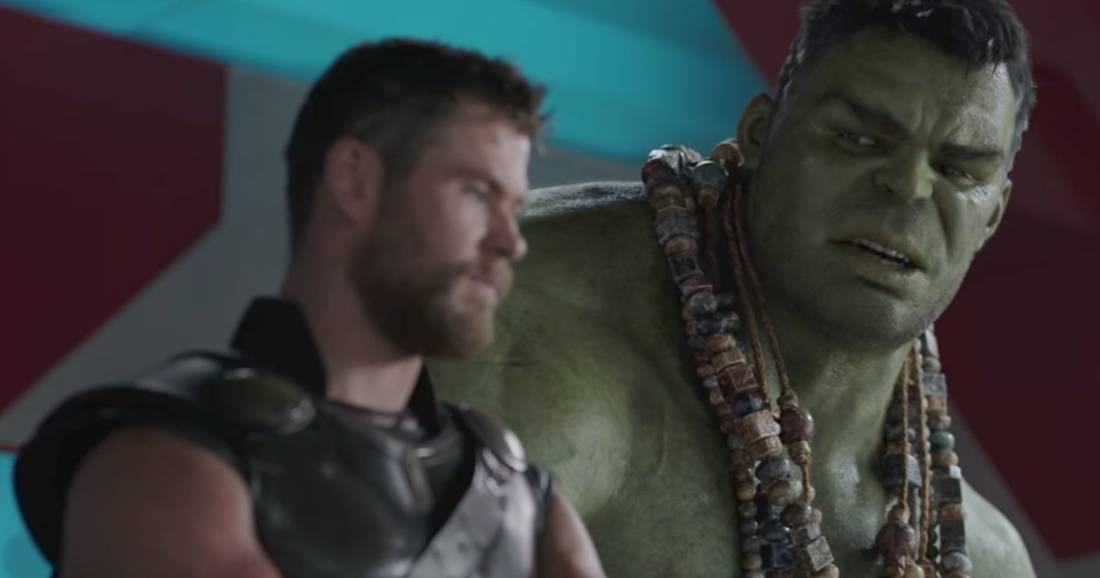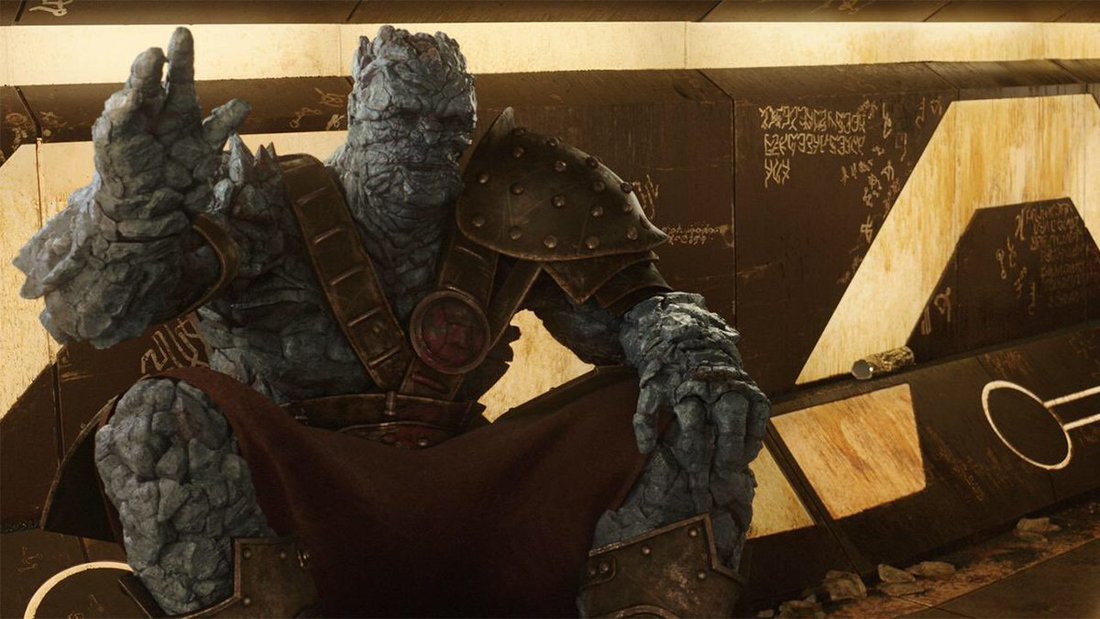For the third film in Marvel Studio’s Thor series, independent film director Taika Waititi shakes up the Thor formula with his distinctive vision. Thor: Ragnarok (Waititi, 2017) tells the story of Thor and Loki, played respectively by Chris Hemsworth and Tom Hiddleston, preventing the destruction of Asgard by Hela (Cate Blanchett), goddess of death. However, Hela destroys Thor’s hammer Mjolnir and Thor is banished to a junkyard planet known as Sakaar, and is forced to fight in a gladiatorial arena against his fellow Avenger, Hulk (Mark Ruffalo). Thor must escape Sakaar and assemble a team to fight against Hela and her undead forces before the destruction of Asgard.
McIntyre, Gina. “Taika Waititi: How I Made Thor: Ragnarok.” Rolling Stones, 1 Nov 2017. http://www.rollingstone.com/movies/features/taika-waititi-how-i-made-thor-ragnarok-w510604






 RSS Feed
RSS Feed
